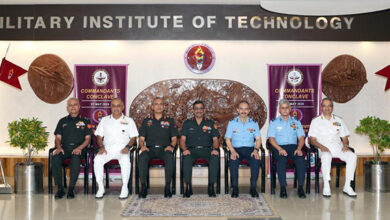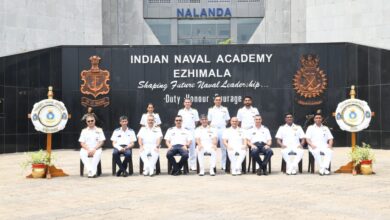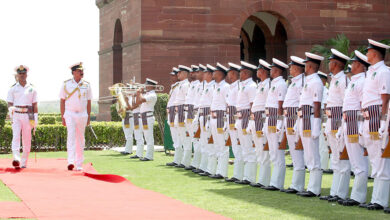Two Cheers for INS Vikrant
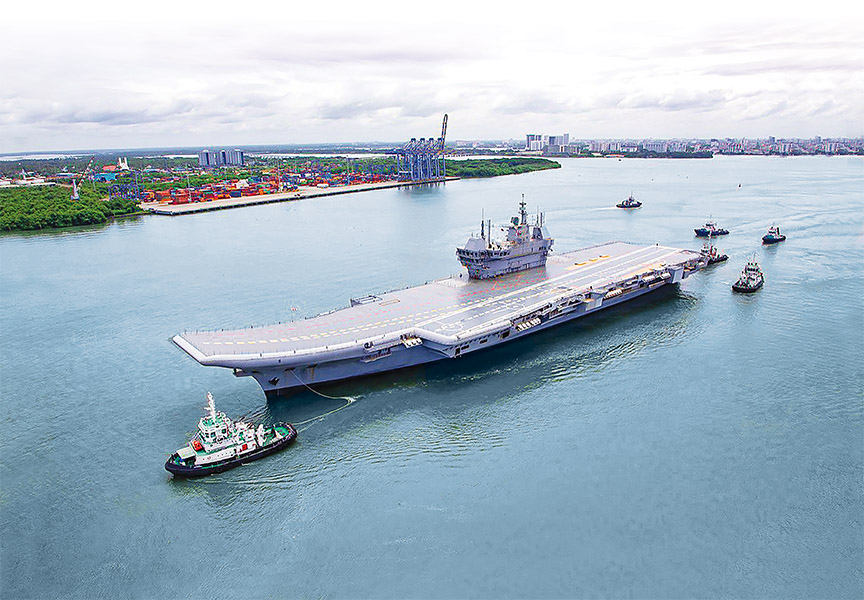
By Dr. Satya Narayan Misra
New Delhi. India is the largest importer of conventional arms as per the Stockholm-based SIPRI.
Dr. APJ Abdul Kalam, heading a committee to suggest improving India’s self-reliance quotient, assessed our SRI (Self Reliance Index) to be 30 percent only (1993) and suggested a roadmap to improve it to 70 percent by 2005. However, by 2005 it had crept only to 32 percent and is around 35 percent now.
It was redeeming to find that INS Vikrant, the indigenously built aircraft carrier inducted on 2nd September is 76 percent indigenously built. The 260 meters long, 60-meter-wide carrier is equivalent to two football fields. The steel used has been supplied by SAIL in tandem with DMRL, a DRDO laboratory, with an excellent track record in indigenization. The steel used is also equivalent to three Eiffel Towers.
India now has two Carriers, INS Vikramaditya and INS Vikrant, and the Navy is pitching for a third Indigenous Aircraft Carrier, much bigger and larger, to be possibly named as INS Vishal. The proposal continues to be under examination.
The Indian Navy has always aimed to be a Blue Water Navy, marking its mighty presence across the high seas. INS Vikrant is a big step in that direction.
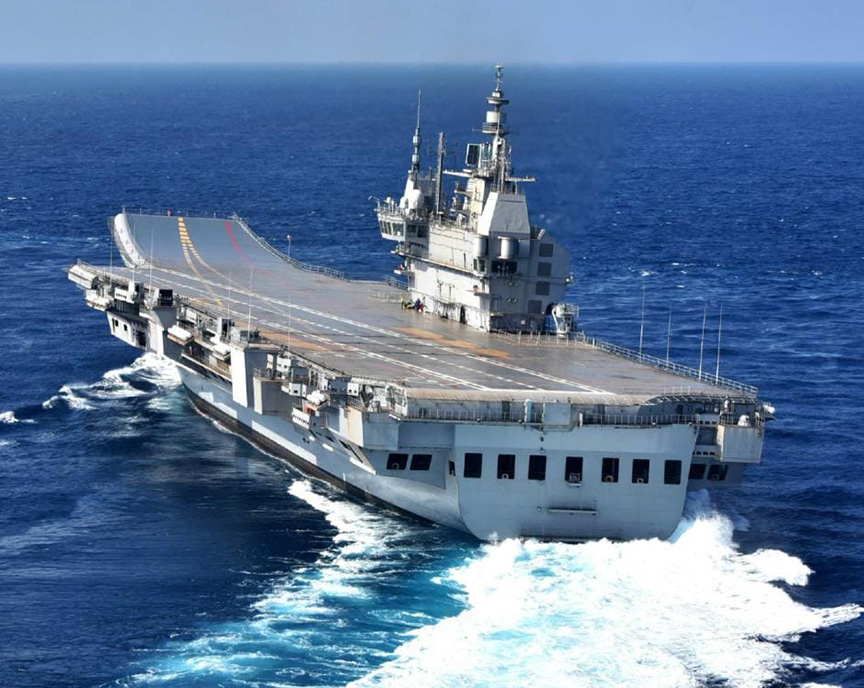
Gearbox and Other Indian Systems
Most importantly, the Vikrant’s gearbox has been manufactured by Elecon Engineering Company, an Indian MNC headquartered in Anand, Gujarat. The Control Movement system has also been supplied by Tata Power in collaboration with a Russian Company. Despite time slippages in both gearbox and Control Movement Systems, the indigenization of such critical sub-systems is highly commendable.
The Kalam Committee had highlighted that India’s reliance on Germany for gearboxes for naval systems should be done away with. INS Vikrant has fructified that wish list.
Propulsion
INS Vikrant is powered by four GE LM-2500 gas turbines, the same engine that is also used in some other ships of the Indian Navy.
The Indian Navy has always been at the forefront of indigenization unlike the Indian Air Force, where most of its fighter aircraft are either directly purchased (Mirage, Jaguar, Rafale) or produced by availing of Technology Transfer (SU 30).
The Cochin Shipyard which has built this aircraft carrier has taken the design from the Indian Navy’s Directorate of Naval Design. Onboard aircraft to operate from her deck include 26 Mig-29s, 4 Kamov helicopters, 2 ALH, and 4 Multi-role helicopters.
Shipboard Aircraft
The Mig 29Ks though are slated to be replaced either by either Boeing F 18s or Dassault Rafales, both of which have proved in simulated trials their capability to land and take-off from its deck. Value addition by some Transfer of Technology is on the table.
The Mig 29Ks from Russia have become the template of Indo-Russian defence relations as they are the frontline attackers from the deck of Vikramaditya, inducted in 2013, and INS Vikrant now. Of course they need replacement.
Critical Areas
The Kalam Committee had identified critical areas of technology where India’s import dependence is almost 100 percent. In the case of Gas Turbine engines, the deficient areas are single crystal blades, special coating on blades, and FADEC. In missiles, it’s the uncooled FPA seekers, which are the eyes of the missiles. In aeronautics, it’s smart structures and stealth technology. In material, it’s nanomaterial and carbon fibre. In sensors, it’s AESA Radar, RLG and INGPS. Three decades later we are however hamstrung in each of these critical subsystems.
The Kaveri engine which was to power the indigenously built LCA is yet to make a mark. The Light Combat Aircraft, certainly a significant mark in many areas of technology, is powered by an older GE 404 engine. Discussions for better engines are being held though for LCA Mk 1A and AMCA, the ambitious Advanced Medium Combat Aircraft, for IAF’s future combat fleet. The pace of development fortunately is much faster now as the Government is committed to speedy Atamnirbharta – Self Reliance – and the flow of funds to institutions like DRDO and HAL is steadily rising.
Even in the case of SU 30MKI jets, the indigenous component is much lower than the envisaged 70 percent.
Focus though is required on Seekers, Carbon Fibre, AESA Radar and Precision Missiles.
Make in India and Self Reliance
In India’s Defence Procurement Policy, the Make option (build from indigenous design) has been given primacy over Buy & Make (build on the basis of imported technology). The Buy (off-the-shelf purchase) is the least preferred. A number of options have been given in the make category to encourage collaboration with OEMs and foreign design houses. However, the Buy (Import) option remains the most practiced option.
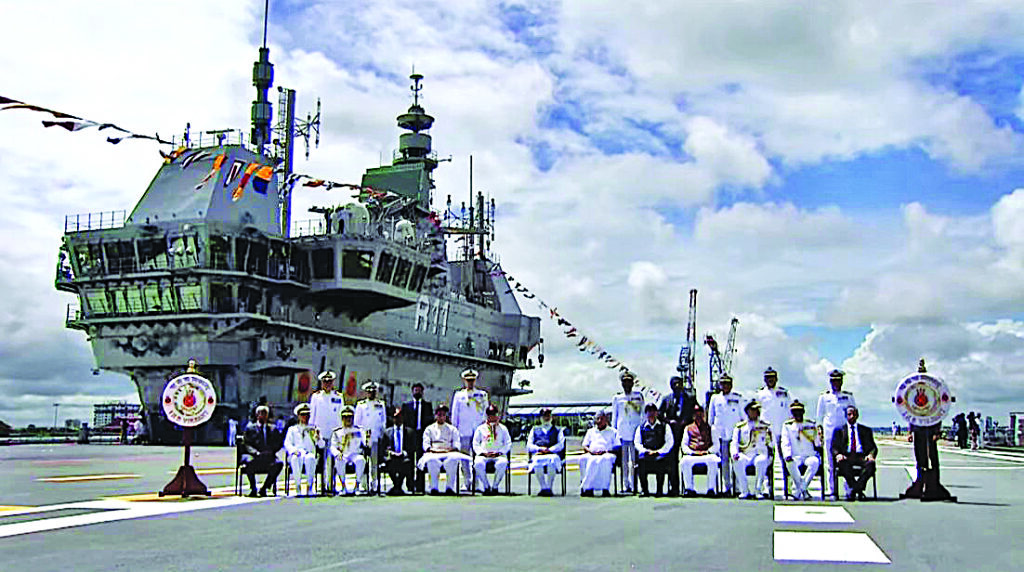
Dr. Kalam was prescient enough to conclude a Joint Venture with a Russian firm to manufacture the Brahmos cruise missile. It has been a huge success. Similarly, he opted for a Joint Design & Development of MR SAM (Medium Range Surface Missile to Air Missile). This model has brought substantial dividends for India in terms of indigenous capability.
India needs to increase the Foreign Direct Investment (FDI) component for foreign OEMs and allow them to set up manufacturing units in collaboration with the Private or Public Sector.
The author is a former Joint Secretary (HAL), in the Ministry of Defence.


